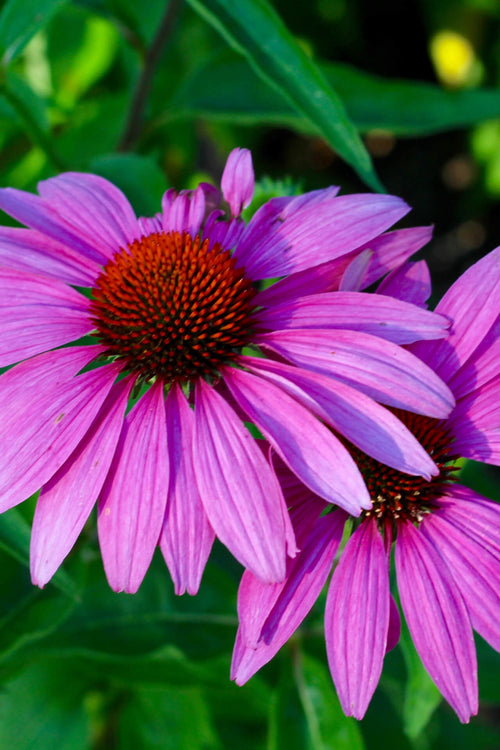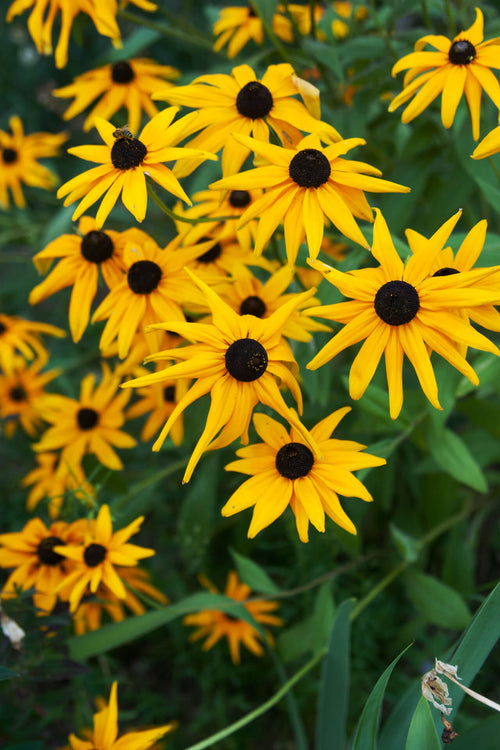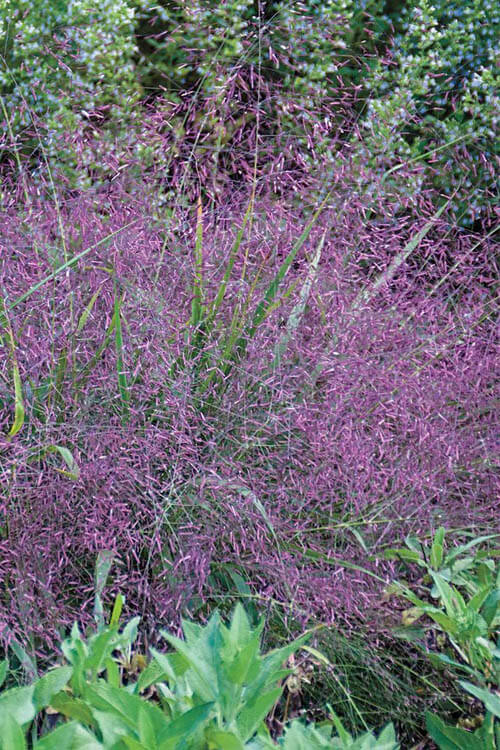In flowering plants, coneflowers stand out as a beloved and diverse group. These charming perennials belong to the genus Echinacea, which comprises various species and cultivars. Coneflowers are renowned for their vibrant blossoms, cone-shaped centers, and numerous benefits. They have gained immense popularity in landscaping, attracting garden enthusiasts and conservationists alike. In this article, we will delve into the world of coneflowers, exploring their different types, their benefits, their importance in biodiversity, and their various uses in landscaping.
Types of Coneflowers
Echinacea purpurea The purple coneflower, scientifically known as Echinacea purpurea, is a popular flowering plant. It is the most iconic and recognized member of the Echinacea genus. Native to the eastern and central United States, this species boasts striking pink to purple petals surrounding a prominent orange-brown cone. Its vibrant appearance makes it a sought-after choice in gardens and landscapes. Echinacea purpurea is also well-known for its medicinal properties and is used in herbal remedies to boost the immune system.
Echinacea angustifolia, or the narrow-leaved coneflower, is another remarkable species native to North America. It is characterized by its slender, narrow leaves and pale purple to pink petals. This species has been historically used by Native American tribes for its medicinal properties, particularly for treating various ailments. In landscaping, its unique appearance adds a touch of wilderness and charm to gardens.
Echinacea paradoxa, the yellow coneflower, is a distinctive member of the Echinacea genus due to its striking yellow petals. Unlike the typical pink or purple coneflowers, this species brings a cheerful burst of yellow to gardens. Native to Missouri, the yellow coneflower is crucial in promoting diversity in both wild and cultivated landscapes.
Echinacea pallida, or the pale purple coneflower, hails from the central United States and is recognized by its pale lavender-pink petals and a prominent, dark-brown cone. Its slender stems make it an excellent addition to prairie-style gardens and landscaping, where it can sway gracefully in the wind, adding movement and texture to the landscape.
Echinacea tennessensis, also known as the Tennessee coneflower, is a rare species native to the cedar glades of Tennessee. Its striking pink petals and reddish-orange cones make it an eye-catching addition to gardens. This species is endangered in the wild, making its cultivation and preservation in landscaping projects of utmost importance for conservation efforts.
Benefits of Coneflowers
Pollinator Attraction
Coneflowers are a favorite among pollinators such as bees, butterflies, and hummingbirds. Their vibrant colors and nectar-rich blossoms serve as a vital food source for these creatures. By planting coneflowers in your landscape, you contribute to the well-being of local pollinator populations and support overall ecosystem health.
Medicinal Uses
Several species of coneflowers, particularly Echinacea purpurea and Echinacea angustifolia, have long been used for their medicinal properties. These plants have immune-boosting, cold and flu-alleviating, and wound-healing properties. Many herbal remedies and supplements include extracts from coneflowers.
Low Maintenance
Coneflowers are relatively low-maintenance plants, making them an ideal choice for experienced and novice gardeners. They are drought-tolerant, resilient, and can thrive in various soil types. This ease of care makes them a practical addition to landscaping projects.
Long Blooming Season
Coneflowers offer an extended blooming season, often lasting from late spring to early fall. Their prolific and long-lasting blooms provide a continuous source of color and beauty throughout the growing season, enhancing the visual appeal of any landscape.
Wildlife Habitat
Beyond pollinators, coneflowers also serve as a habitat and food source for other wildlife, including birds and small mammals. The seeds of coneflowers are a valuable food resource for birds during the winter months, contributing to the ecological balance of your garden or landscape.
Importance of Coneflowers in Biodiversity
Supporting Native Insects
Native insects, such as solitary bees and specialist pollinators, depend on native plants like coneflowers for survival. These insects have evolved alongside native plants and rely on them for nectar and pollen. By planting coneflowers in your landscape, you provide essential sustenance for these insects, helping to maintain healthy ecosystems.
Restoring Native Habitats
In many regions, native habitats have been degraded or lost due to urban development and agriculture. Landscaping with native plants, including coneflowers, can contribute to habitat restoration efforts. Restoring native habitats enhances the overall biodiversity of an area and can help protect endangered species.
Increasing Floral Diversity
Incorporating coneflowers into a landscape design increases the diversity of flowering plants. A diverse array of blooming plants can attract a broader range of pollinators and support a healthier ecosystem. Coneflowers add color, texture, and variety to a garden or landscape, making it more visually appealing and ecologically beneficial.
Uses of Coneflowers in Landscaping
Garden Borders
Coneflowers make excellent additions to garden borders, where their vibrant blooms can serve as focal points or complement other plants. Their tall stems and striking flowers create a sense of height and structure in garden designs.
Wildflower Meadows
Incorporating coneflowers into wildflower meadows or prairie-style gardens can mimic natural landscapes while providing essential pollinator resources. These informal, naturalistic settings allow coneflowers to thrive and showcase their beauty in a more relaxed and unstructured way.
Butterfly Gardens
Coneflowers are a staple in butterfly gardens, where they attract and nourish butterflies with their nectar-rich blossoms. Pairing coneflowers with other butterfly-friendly plants creates a haven for these colorful insects.
Landscaping with native plants, including coneflowers, is a sustainable choice that supports local ecosystems. Native plant landscaping conserves water, reduces the need for pesticides, and promotes biodiversity. Coneflowers are valuable additions to native plant gardens, contributing to preserving native flora and fauna.
Cut Flower Arrangements
Coneflowers can be cut and used in floral arrangements, adding a touch of natural beauty to indoor spaces. Their sturdy stems and long-lasting blooms make them a versatile choice for both fresh and dried flower arrangements.
Coneflowers, with their diverse species and numerous benefits, have become a beloved addition to landscapes and gardens worldwide. Their low maintenance requirements, medicinal properties, and ability to attract pollinators and promote biodiversity make them valuable assets in residential and commercial landscaping projects. Whether you choose to plant them as garden borders, wildflower meadows, or native plant landscapes, coneflowers will surely enhance the beauty and ecological value of your outdoor spaces. By embracing the enchanting world of coneflowers, you do not.




















































